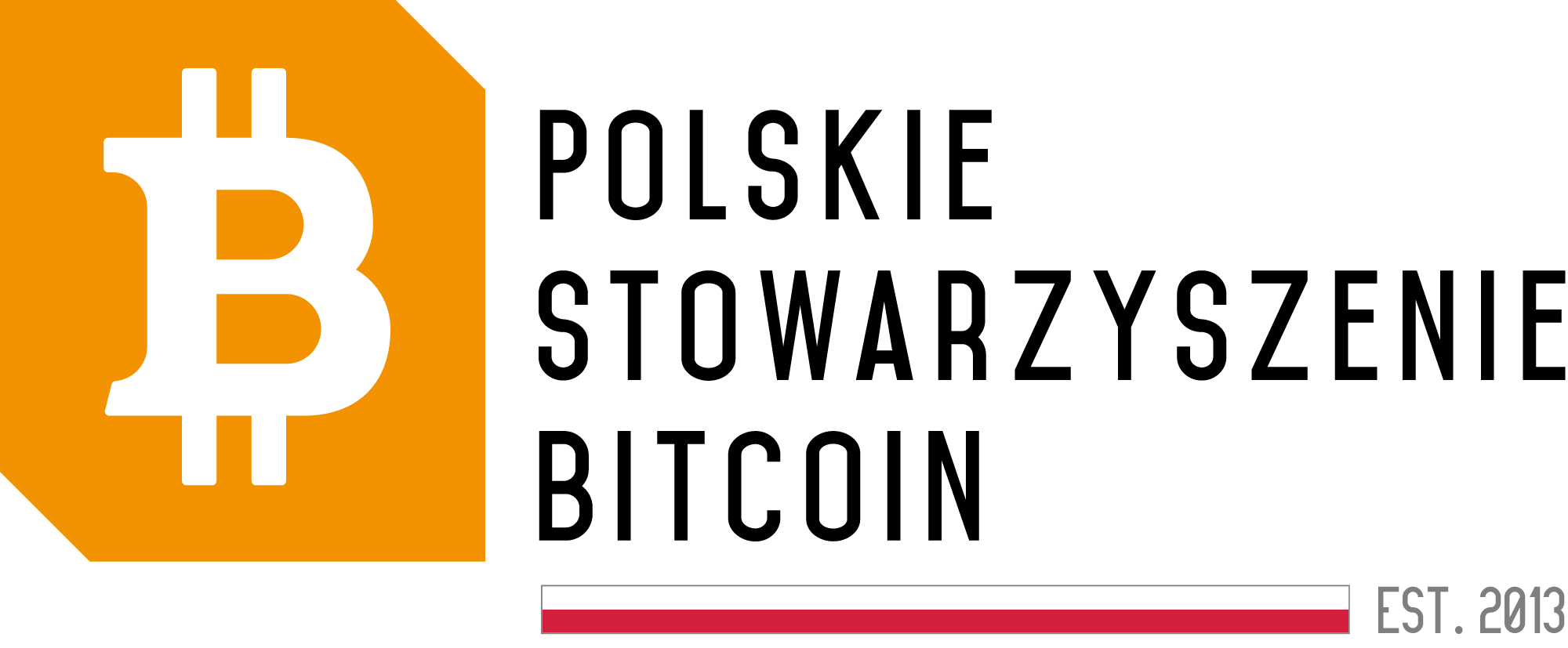attestation ledger
A ledger, in the context of the cryptoassets market, is a decentralized register that contains information about transactions and owners of digital assets. It is a kind of journal where all transactions assigned to specific digital wallets are recorded.
Functions of a Ledger
A ledger, sometimes also referred to as a “blockchain,” serves several key functions in the world of cryptoassets. Firstly, it provides transparency, allowing all market participants to trace the history of transactions. Secondly, it ensures data integrity, as no one can alter the information stored in the ledger without the consent of the majority of network participants. Thirdly, it provides security, as it is based on advanced cryptographic mechanisms that prevent falsification of transactions.
Applications of a Ledger
Ledgers have a wide range of applications in the world of cryptoassets. They are used for recording transactions of cryptocurrencies, tokens, and even smart contracts. Due to their decentralized and immutable nature, they form the foundation for many innovations in the field of digital finance. Moreover, they can be used to verify the authenticity of luxury goods, record voting results, or confirm identities.
Summary
A ledger plays a crucial role in the world of cryptoassets, providing a reliable, transparent, and secure transaction environment. Its applications go beyond traditional financial transactions, paving the way for new solutions and blockchain-based technologies.






